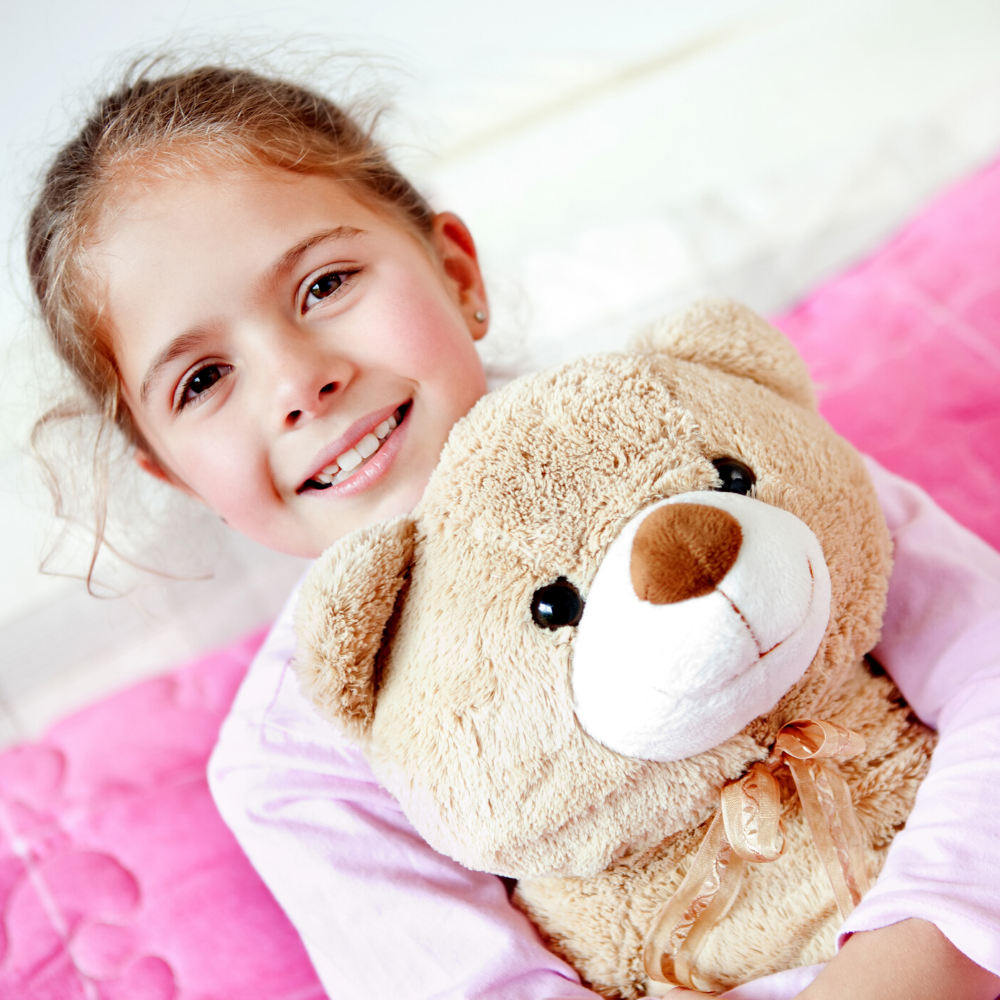The chaos of packing, airport crowds and security, lengthy car rides and socializing with family and friends is challenging enough. Add traveling with special needs into the equation, and some might prefer to stay home. But a few preparations and travel tools can go a long way. Try these strategies to ease stress and increase enjoyment for everyone.
-
Prepare the child in advance as much as possible.
Practice for the trip for a period leading up to the actual travel. Talk about the upcoming experience to help your child overcome anxiety. Act out or role play the anticipated events, from taking off shoes for airport security to sleeping in different surroundings. -
Redirect anxious energy into constructive activity.
To take the edge off the anxiety of the unfamiliar, create a small photo album with new and familiar faces. With your child, play "Family Bingo" checking off each person they greet or see across the room. Or, create a pictogram of your itinerary and help your child follow along. -
Encourage creative expression.
For those able to write or draw, a pocket journal or sketchbook can provide a healthy outlet for what they're experiencing. Children who are more comfortable being observers may appreciate assignments such as taking pictures with a digital camera. -
Don't expect perfection.
Whenever you travel with children, it's best to "expect the unexpected." Try to give yourself the flexibility to adjust plans if needed. -
Secure an extra set of hands.
When possible, travel with a friend, family member or caregiver to help when you're on the move, whether it's carrying belongings, an extra set of eyes, or bathroom breaks with multiple children. -
Manage expectations for you and your hosts.
A visit from a family with special needs may be stressful for the host as well as the child and the parent. Prepare everyone by communicating your child's needs in advance. Ask about their general ground rules for inside the home, as a gesture toward making the visit as pleasant and peaceful as possible. -
Bring along some "friends."
Pack weighted stuffed animals that are soothing and familiar. In addition, sensory fidgets, noise reduction headphones, weighted vests, or favorite belongings will help filter sensory stimuli and provide a comforting connection to home. -
Minimize changes to eating habits.
Try to keep your child's diet consistent to prevent constipation, indigestion, allergic reactions or other adverse developments. Give your child satisfying food to comfort them before a long trip, and take along favorite utensils as a connection to more familiar situations. Don't expect your child to sit for an entire meal. Rather, prepare a spot where he or she can rest, play or calm down if others are still eating. -
RX for safer travels.
Prepare a kit with prescriptions, medical information and OTC products to help with fever, allergies, cuts or other issues that may surface when you travel. -
Capture the moment but reserve time for breaks.
Posing for pictures - people close together, camera flashes, noise, staying still - can lead to overstimulation. Don't insist that your child participate in all the photos, and take breaks in between.
Traveling can be a great experience, building resilience and providing fun memories. The key is to prepare, pack helpful items, and be patient as everyone learns to manage the transition.






















Comments